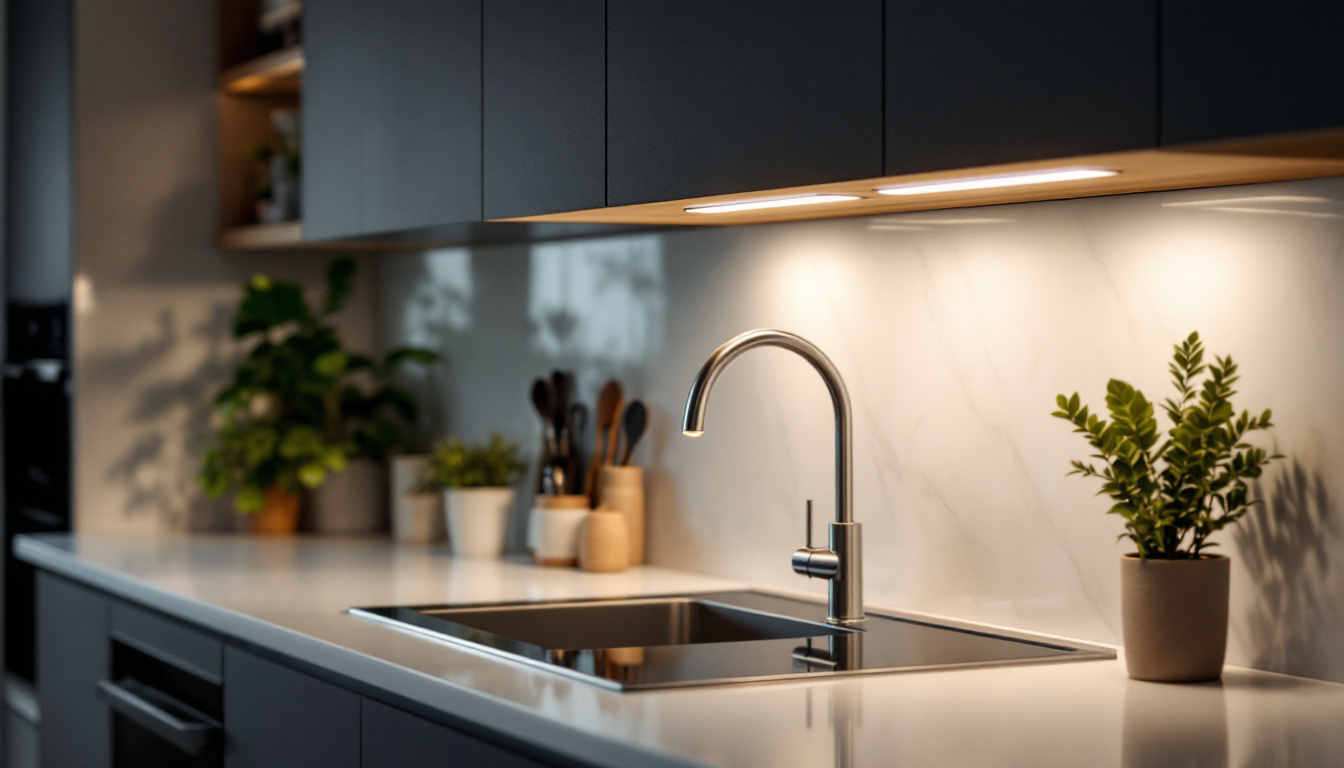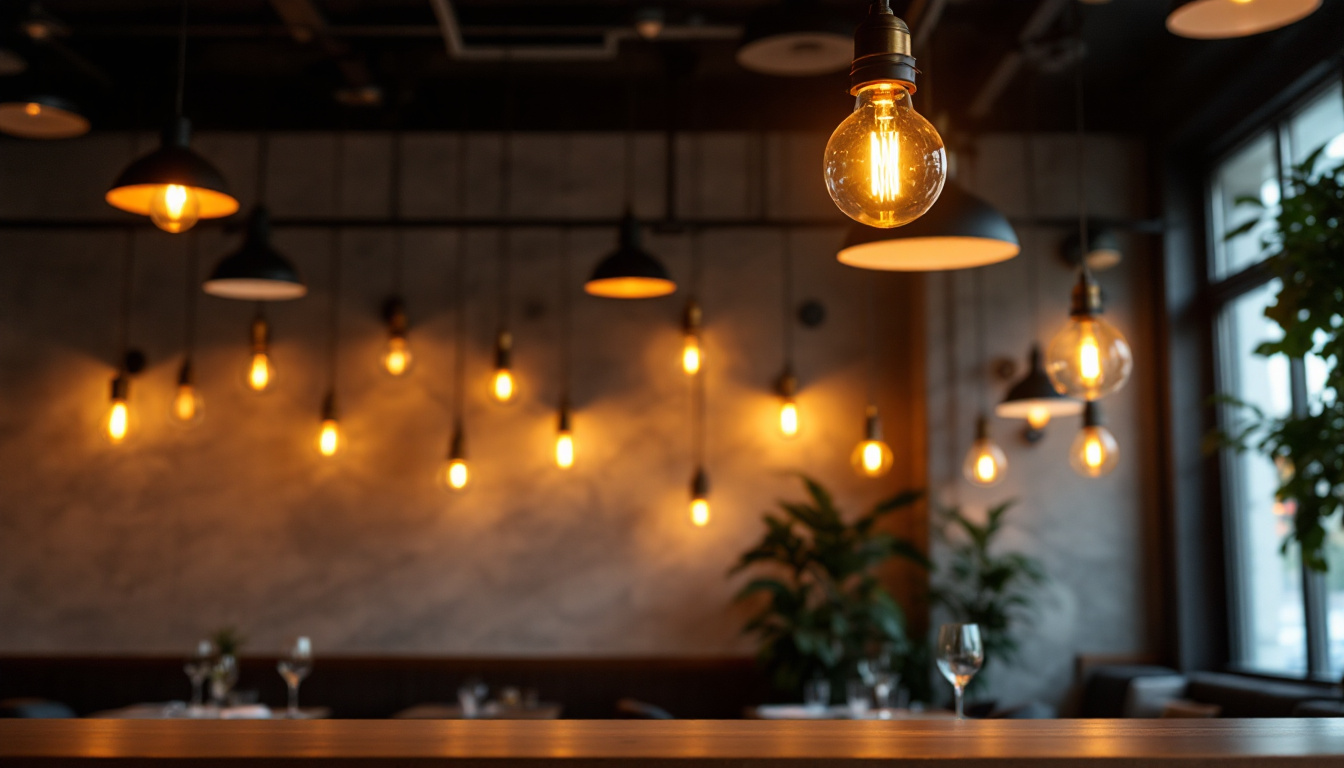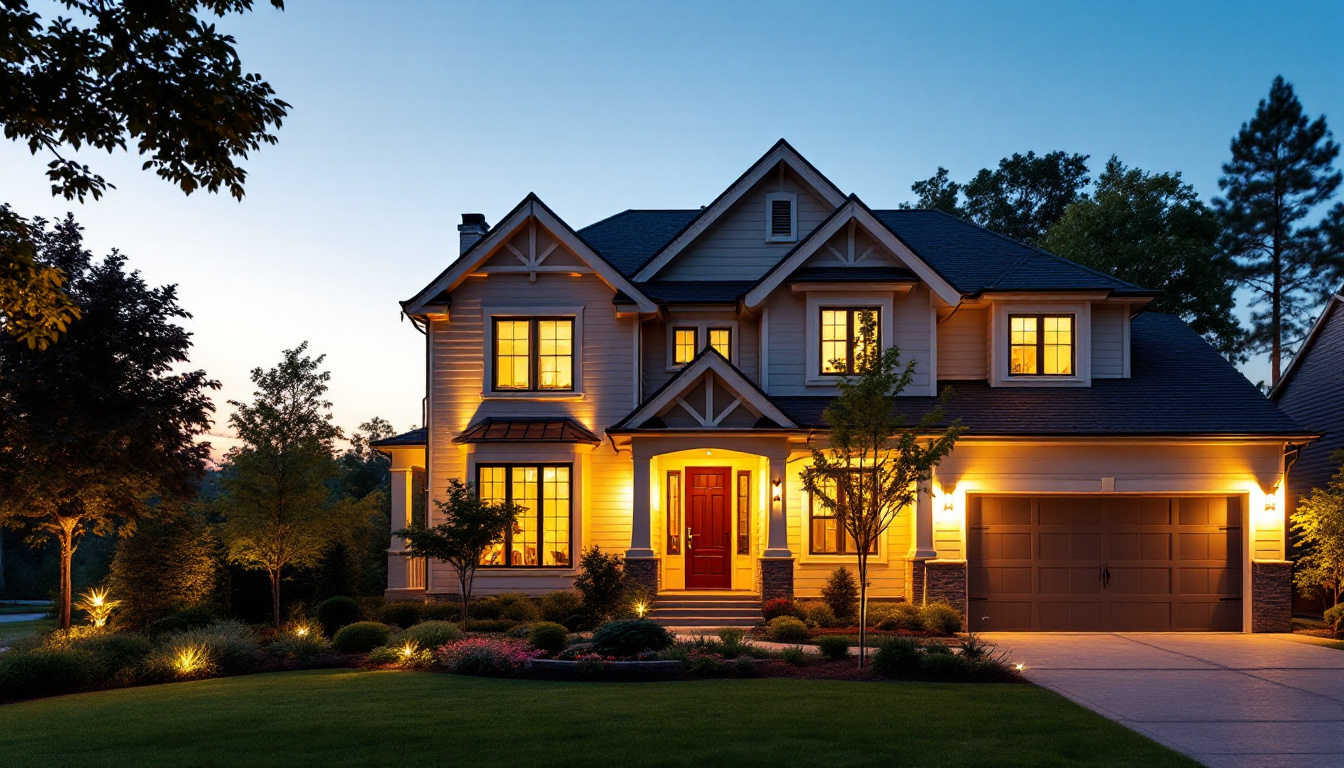
In the realm of kitchen design, lighting plays a pivotal role in both functionality and aesthetics. Among the various lighting options available, can lights, also known as recessed lights, have gained immense popularity. As a lighting contractor, understanding what clients expect regarding kitchen can lights is crucial for delivering exceptional service and ensuring client satisfaction. This article delves into the essential aspects that lighting contractors should be aware of when working with clients on kitchen can lighting projects.
Clients often have specific purposes in mind when they request can lights for their kitchens. Some may seek general illumination to brighten the entire space, while others might desire task lighting for specific areas, such as countertops or cooking zones. Understanding the intended use of the lighting helps contractors recommend the right type and placement of can lights.
Moreover, clients might also be interested in accent lighting to highlight certain features, such as artwork or architectural details. By engaging in a thorough discussion about the desired atmosphere and functionality, contractors can tailor their recommendations to meet client expectations effectively. For instance, a client who enjoys cooking may prioritize bright, focused lighting over the stove and prep areas, while someone who entertains frequently might prefer softer, ambient lighting that creates a warm and inviting atmosphere for guests.
Additionally, the color temperature of the lighting can play a crucial role in achieving the desired effect. Warmer tones can create a cozy environment, perfect for family gatherings, while cooler tones may enhance the modern aesthetic of a sleek kitchen design. Understanding these subtleties allows contractors to guide clients toward choices that not only illuminate the space but also enhance the overall mood and functionality of the kitchen.
The layout and design of a kitchen significantly influence the choice and placement of can lights. Clients may have open-concept spaces where light distribution is essential to avoid dark corners. Alternatively, a galley kitchen may require a different approach to ensure adequate lighting without overwhelming the space.
Contractors should be prepared to analyze the kitchen layout, considering factors such as ceiling height, existing fixtures, and natural light sources. This assessment will enable contractors to provide informed suggestions that align with the client’s vision while ensuring optimal lighting performance. For instance, in kitchens with high ceilings, using adjustable can lights can help direct light where it is needed most, while in lower-ceilinged spaces, flush-mounted fixtures might be more appropriate to maintain an open feel.
Furthermore, the choice of dimmable can lights can add versatility to the kitchen environment. This feature allows clients to adjust the brightness based on the time of day or the activity taking place, whether it’s a bright and lively breakfast scene or a romantic dinner setting. By considering these elements during the design phase, contractors can create a lighting plan that not only meets practical needs but also enhances the overall aesthetic appeal of the kitchen space.
Clients may not be aware of the various types of can lights available on the market. As a lighting contractor, it is essential to educate clients about the differences between new construction, remodel, and shallow can lights. Each type serves a specific purpose and is suited for different installation scenarios.
New construction can lights are ideal for homes that are still under construction, allowing for easy installation within the ceiling structure. Remodel can lights, on the other hand, are designed for retrofitting into existing ceilings, making them suitable for renovations. Shallow can lights are perfect for spaces with limited ceiling height, providing flexibility in design without compromising on illumination.
Another crucial aspect that contractors should communicate to clients is the concept of lumens and color temperature. Lumens measure the brightness of the light, and clients often have preferences for how bright they want their kitchens to be. A well-lit kitchen typically requires between 3000 to 4000 lumens, depending on the size and layout.
Color temperature, measured in Kelvin, affects the ambiance of the kitchen. Warmer tones (2700K to 3000K) create a cozy atmosphere, while cooler tones (4000K to 5000K) provide a more vibrant and energetic feel. By discussing these factors, contractors can help clients make informed decisions that align with their aesthetic preferences and functional needs.
One of the most critical aspects of installing can lights is determining their placement and spacing. Clients often expect contractors to have a clear understanding of how to position lights for optimal coverage and effectiveness. A common guideline is to space can lights approximately 4 to 6 feet apart, but this can vary based on the kitchen’s layout and ceiling height.
Additionally, contractors should consider the height of the cabinets and the location of appliances when planning the layout. Proper placement ensures that light is distributed evenly, minimizing shadows and dark spots that can hinder functionality.
Electrical considerations are paramount when installing can lights. Clients expect contractors to be knowledgeable about local building codes and electrical standards to ensure a safe and compliant installation. This includes understanding the load requirements and ensuring that circuits can handle the additional lighting without overloading.
Furthermore, clients may request dimmer switches to control the brightness of their can lights. Contractors should be prepared to recommend compatible dimmers and explain how they can enhance the overall lighting experience in the kitchen.
In contemporary kitchen design, integrating can lights with other lighting fixtures is a growing trend. Clients often seek a layered lighting approach that combines ambient, task, and accent lighting. As a contractor, it is essential to understand how can lights can complement pendant lights, chandeliers, and under-cabinet lighting.
By discussing design options with clients, contractors can help create a cohesive look that enhances the kitchen’s overall aesthetic. For instance, using can lights in conjunction with stylish pendant lights over an island can create a visually appealing focal point while providing necessary illumination.
The trim and finish of can lights can significantly impact the overall look of the kitchen. Clients may have preferences for different styles, such as baffle, reflector, or adjustable trims, each offering unique visual effects. Understanding these options allows contractors to guide clients in selecting trims that align with their design vision.
Additionally, the finish of the can lights, whether it be white, black, or metallic, should complement the kitchen’s color scheme and materials. Contractors should be prepared to offer insights on how different finishes can enhance or detract from the overall design, ensuring that clients make informed choices.
With a growing emphasis on energy efficiency, clients are increasingly interested in LED can lights. As a lighting contractor, it is essential to inform clients about the benefits of LED technology, including lower energy consumption, longer lifespan, and reduced heat output. These factors not only contribute to sustainability but also result in cost savings over time.
Contractors should be knowledgeable about the various LED options available, including dimmable and color-changing LEDs. By presenting these choices, contractors can help clients select lighting solutions that align with their environmental values and budget considerations.
Many clients may not be aware of potential rebates and incentives for energy-efficient lighting upgrades. Contractors should stay informed about local programs that offer financial incentives for installing energy-efficient lighting solutions. By sharing this information, contractors can enhance their value proposition and help clients make more informed decisions regarding their lighting investments.
Educating clients about their lighting choices is a critical aspect of the contractor-client relationship. Providing resources such as brochures, online guides, or even a simple follow-up email can empower clients to better understand their options and the maintenance required for their lighting systems.
Additionally, offering advice on bulb replacement, cleaning, and troubleshooting can enhance the client experience and build trust in the contractor’s expertise. This proactive approach can lead to repeat business and referrals, as satisfied clients are more likely to recommend the contractor to friends and family.
After the installation of can lights, clients may have questions or concerns about their new lighting system. Providing post-installation support is essential for maintaining a positive relationship. Contractors should be accessible for follow-up questions and willing to address any issues that arise.
By offering a warranty or guarantee on the installation, contractors can further instill confidence in their work. Clients appreciate knowing that they have support even after the project is completed, which can lead to long-term loyalty and potential future projects.
In the competitive field of lighting contracting, understanding client expectations regarding kitchen can lights is paramount. By focusing on client needs, technical knowledge, installation considerations, design trends, energy efficiency, and ongoing support, contractors can position themselves as trusted experts in the industry. Meeting and exceeding client expectations not only enhances satisfaction but also fosters long-term relationships that can lead to future business opportunities.
As kitchens continue to evolve as the heart of the home, the role of lighting contractors becomes increasingly vital. By staying informed about the latest trends and technologies, contractors can ensure they are well-equipped to meet the diverse needs of their clients, ultimately transforming kitchens into beautifully lit, functional spaces.
Ready to elevate your lighting game in the kitchen and beyond? Look no further than LumenWholesale for all your can light needs. Our extensive selection of spec-grade lighting products ensures you have access to the highest quality options at wholesale prices that can’t be beaten. Say goodbye to local distributor markups and hello to premium lighting with the convenience of free shipping. For lighting contractors committed to excellence and value, Wholesale Lighting at the Best Value is just a click away. Partner with LumenWholesale today and light up your clients’ spaces with confidence and affordability.

Discover essential insights for lighting contractors in transforming restaurant spaces with the perfect ambiance.

Discover innovative strategies and expert tips for integrating LED surface mount lighting into your projects.

Discover innovative strategies for enhancing outdoor spaces with park lights.

Discover essential compliance guidelines and expert tips for lighting contractors working on outdoor house projects.